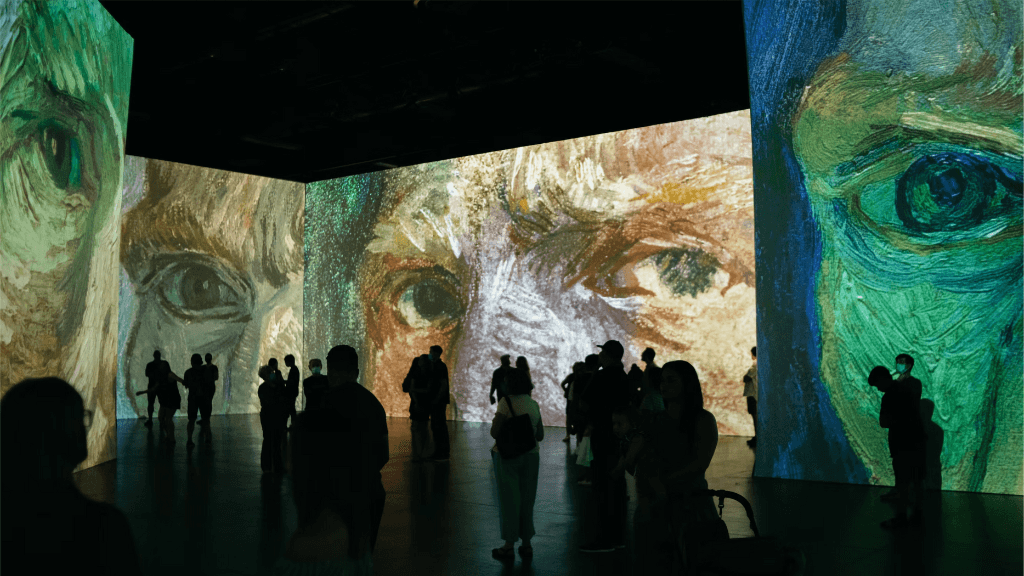
How-to: Long-term collaboration in digital projects
Joining forces makes you stronger. In the digital world, too. New collaborations can help advance your digital project. External knowledge partners and digital parties can help you to understand and better serve your audiences. Find out how to build such collaborations for the long term.
DEN sees opportunities for collaboration both within and outside the cultural sector. It helps develop innovative products and methods that contribute to laying the ground for a wider digital transformation.
3 tips to get off to a flying start!
A long-term collaboration kicks in from the very start. By carefully coordinating with each other and making clear agreements from the outset, the collaboration is more likely to be successful in the long term.
Exchange elementary knowledge
When parties agree to collaborate, they don’t necessarily speak the same language yet. That’s why it’s important to focus on ‘first things first’, and to discuss your common goal and target group. Also be sure to agree on the meaning of basic terms and concepts, to avoid any confusion arising at a later stage.
Identify the added value
Examine the knowledge and experiences that already exist with respect to the subject or theme you have in mind, and then identify what value your collaboration could add. Intermediaries or the coordinating foundations can help you form an overview of similar initiatives that already exist.
Determine the goals and responsibilities
Specific goals and responsibilities add focus to your plan and approach. Be sure to keep track of all the agreements and the progress in a digitally shared map or online document. This way everyone can see the status of the project, and you can nudge things in one or other direction if necessary. It’s a good idea to formally record the collaboration in an agreement or alliance.
A sustainable follow-up. How do you go about it??
Your collaboration is up and running, your offer is digitally available. Now it’s time for aftercare.
Keep the information up to date
Search engines allow you to retrieve information from years ago, while our digital society is constantly changing. When your target group enters search terms, they might find themselves looking at information or materials that have become obsolete. So a sustainable collaboration is also a matter of permanently developing the project. For example, you could arrange to review the materials once every year and to update or adapt them if necessary. Again, make sure to involve the right people inside or outside your respective organisations, for instance the users. Experts in the discipline can supply you with reliable information and sources. A colleague from the communications department can contribute by performing an online search word analysis and by providing insight into the users.
Evaluate what works
What does the collaboration do for you? It’s a challenging but important question. Your marketing or communications colleague can show you how often the jointly developed materials are read or downloaded. These online statistics offer insight into the success of your collaboration, but can also reveal areas for improvement. Perhaps you can improve the findability by adding the right search terms. Or refine the target group to boost your success. Requesting feedback from users or other stakeholders is another important way to improve.
Offer insight into the process
By discussing or even fully disclosing the process to outsiders, you can discover which improvements you can make. The insights derived from your collaboration can also help other parties with their process. Write a blog, record a vlog, or join a podcast to tell others about it. This way they can build on the knowledge you’ve developed and can benefit from all the lessons learned.
Collaborating is also a matter of learning to anticipate each other’s moves. Take the time to really get to know each other and never stop communicating.
In short: a long-term collaboration is one that contiues to develop
There is no permanent composition and no definitive end-point for a long-term collaboration. The way to remain relevant is to continually recompose the collaboration by involving new people with other skills and specialisms. This way you can continue to focus on the long term while remaining agile in response to new developments. These principles also underpin the process of digital transformation: by combining people and resources from both within and outside your organisation, you can pursue an integral digital approach.

